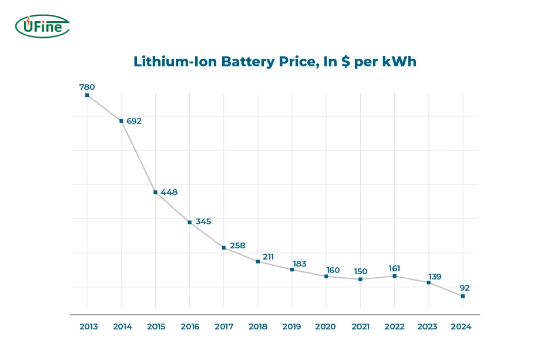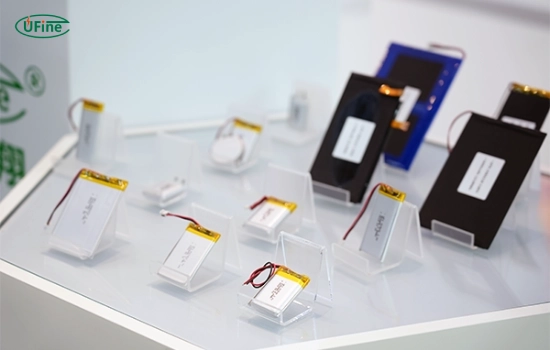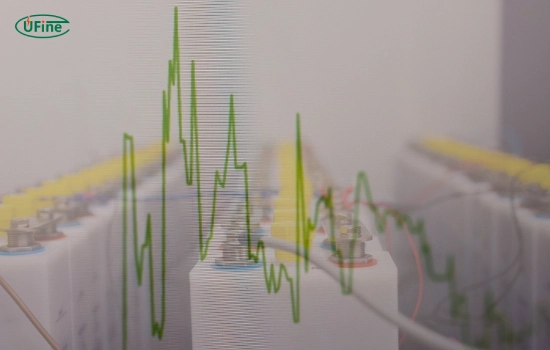Lithium-ion batteries have revolutionized how we power our devices, from smartphones and laptops to electric vehicles and energy storage systems. Over the past decade, the prices of these batteries have steadily declined, making them more accessible and affordable for a wide range of applications. In this article, we will explore the factors driving this price evolution and the implications for the future of lithium-ion battery technology.
Part 1. The decline of lithium-ion battery prices
The price of lithium-ion battery cells has declined by an impressive 97% since 1991, from $7,500 per kilowatt-hour (kWh) to just $181 per kWh in 2018. Several key factors have driven this rapid price drop:
- Economies of Scale: As production volumes have increased, manufacturers have been able to take advantage of economies of scale, reducing the cost per unit.
- Technological Advancements: Ongoing research and development have led to more efficient manufacturing processes and improved battery chemistries, further driving down costs.
- Market Competition: Multiple competing battery manufacturers worldwide have created a competitive landscape that has pushed prices lower.
Part 2. The role of battery components in pricing
The cost of its various components determines the price of a lithium-ion battery. The most significant contributors to the overall cost are:
- Cathode Active Material (CAM): Accounting for 29% to 51% of the total battery cost, depending on the cell chemistry and the prices of individual metals like lithium and cobalt.
- Anode: Typically comprising 8% to 12% of the total cell cost, with graphite being the most commonly used material.
- Separator: This critical safety component makes up around 7% of the total lithium-ion battery cell price cost.
- Electrolyte: The ion transport medium accounts for approximately 4% of the cost.
As the prices of these raw materials fluctuate, battery manufacturers must adapt their pricing strategies accordingly.
Part 3. The impact of raw material prices
The prices of the raw materials used in lithium-ion batteries, such as lithium, cobalt, and nickel, significantly impact the battery’s overall cost. In 2022, turmoil in battery metal markets led to a 7% increase in the price of lithium-ion battery packs compared to 2021.
However, the prices of these critical materials have stabilized, with cobalt, graphite, and manganese prices falling below their 2015-2020 averages by the end of 2023. This has allowed battery prices to start falling again, with a 14% drop between 2023 and 2022.
Part 4. Regional differences in battery prices
Battery prices vary across regions due to production costs, local policies, and market maturity. In 2023, the average battery pack price was lowest in China at $126/kWh, while packs in the US and Europe were 11% and 20% higher, respectively.
The localization of battery manufacturing in regions like the US and Europe could exert upward pressure on prices as the local industries scale up. However, policies such as the $45/kWh production tax credit for cells and packs under the US Inflation Reduction Act could help offset some of these costs.
Part 5. The rise of LFP batteries
One of the most notable trends in the lithium-ion battery market is the increasing adoption of lithium iron phosphate (LFP) batteries. These batteries have the lowest global weighted average prices, costing cells $95/kWh in 2023.
LFP batteries are desirable due to their low cost and high safety, making them popular for applications like electric vehicles and energy storage systems. In 2023, on average, LFP cells were 32% cheaper than lithium nickel manganese cobalt oxide (NMC) cells.
Part 6. The future of lithium-ion battery prices
As the demand for lithium-ion batteries continues to grow, driven by the increasing adoption of electric vehicles and renewable energy storage, the industry must keep pace with supply. Ongoing investment in mining and refining will be crucial to ensure that global supply can meet future demand and avoid supply chain bottlenecks.
However, the industry is also exploring alternative battery chemistries and technologies that could help mitigate the demand for critical minerals. Innovative technologies like sodium-ion batteries and advanced cathode materials like silicon anodes can reduce costs and improve performance.
Part 7. Conclusion
The evolving landscape of lithium-ion battery prices has been shaped by a complex interplay of factors, from raw material costs and manufacturing processes to market competition and regional policies. As the demand for these batteries continues to grow, driven by the increasing adoption of electric vehicles and renewable energy storage, the industry must adapt and innovate to maintain a steady price decline and ensure widespread accessibility. Investing in new technologies, optimizing supply chains, and fostering a competitive market, the lithium-ion battery industry can continue revolutionizing how we power our world.
Part 8. FAQs
-
What factors influence the price of lithium-ion batteries?
Several factors, including the cost of raw materials, manufacturing processes, economies of scale, technological advancements, market competition, and regional policies, influence the price of lithium-ion batteries. -
Why have lithium-ion battery prices been declining?
Lithium-ion battery prices have declined due to factors such as economies of scale, technological advancements, and market competition. As production volumes have increased and manufacturing processes have become more efficient, the cost per unit has dropped significantly. -
How do lithium-ion battery prices vary across regions?
Battery prices vary across regions due to production costs, local policies, and market maturity. In 2023, average battery pack prices were lowest in China, while packs in the US and Europe were higher due to higher costs associated with scaling up local manufacturing. -
What is the role of raw material prices in lithium-ion battery pricing?
The prices of raw materials used in lithium-ion batteries, such as lithium, cobalt, and nickel, significantly impact the overall cost of the battery. Fluctuations in these prices can lead to changes in battery prices, as manufacturers must adapt their pricing strategies accordingly. -
What is the future outlook for lithium-ion battery prices?
The future outlook for lithium-ion battery prices is positive, with continued investment in mining, refining, and technological advancements expected to drive further cost reductions. However, the industry must balance profitability with competitive pricing to ensure a resilient and sustainable supply chain.
Related Tags:
More Articles

LiPo Battery Discharge Rate Guide & Calculation Tips
Understand LiPo battery discharge rates, C-ratings, and how to calculate max current. Essential guide for RC, drones, and electronics users.
High‑Capacity 3S LiPo Batteries: 5000 mAh vs. 10000 mAh
Compare 3S LiPo 5000mAh vs 10000mAh batteries by weight, power, and use. Find the best fit for your drone, RC car, or boat setup.
Top 5 Applications for Small 3S LiPo Batteries
Small 3S LiPo batteries power drones, RC gear, wearables, and robotics with high energy and low weight. Making them ideal for compact electronics projects.
Building and Charging Your Own 3S LiPo Pack: A Step‑by‑Step Guide
Learn how to build, balance, and charge a 3S LiPo battery pack safely at home with this complete DIY guide for hobbyists and beginners.
How to Choose the Right LiPo Battery Plug Type?
Discover the best LiPo battery plug types, how to choose them, and expert tips for safe usage, soldering, and maintenance.






